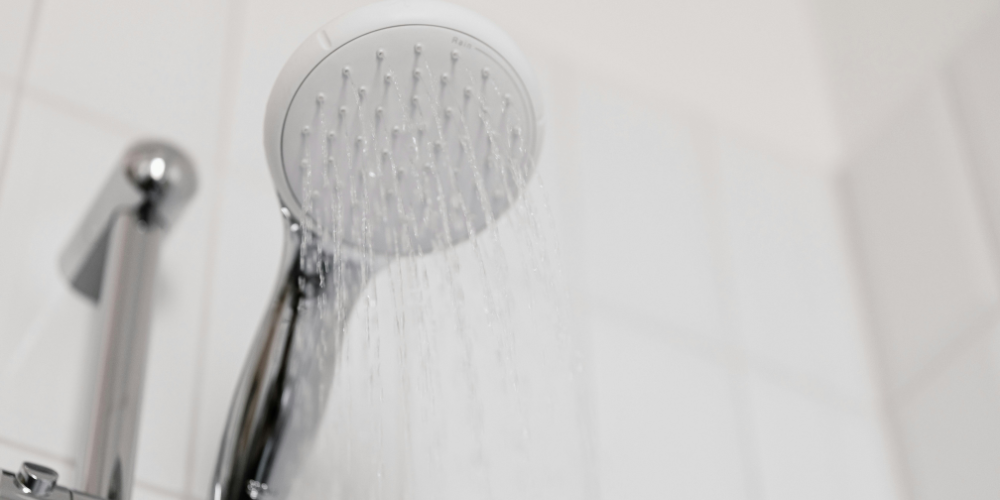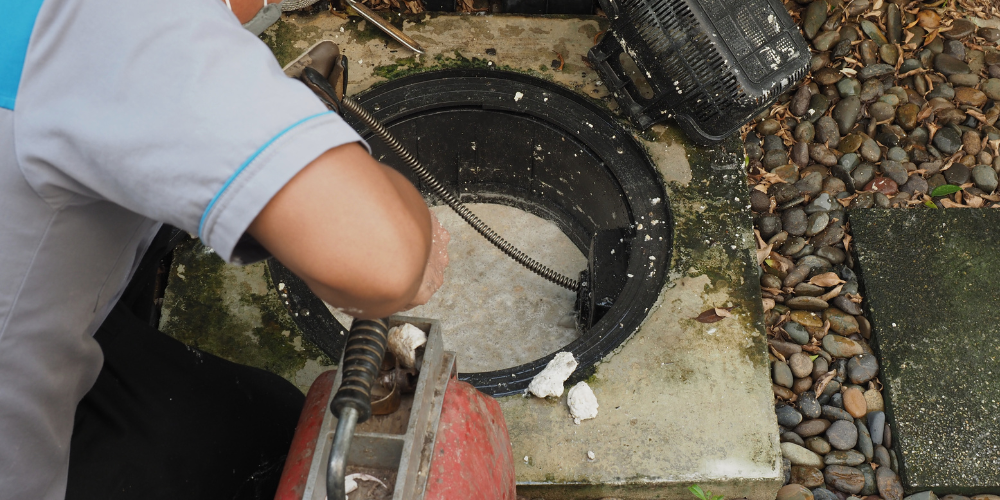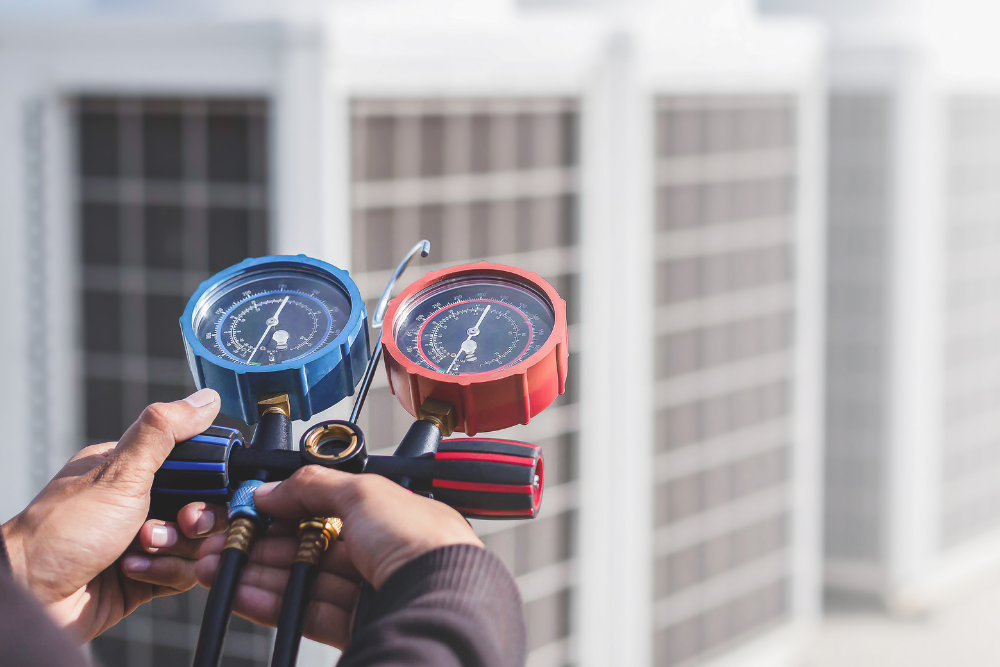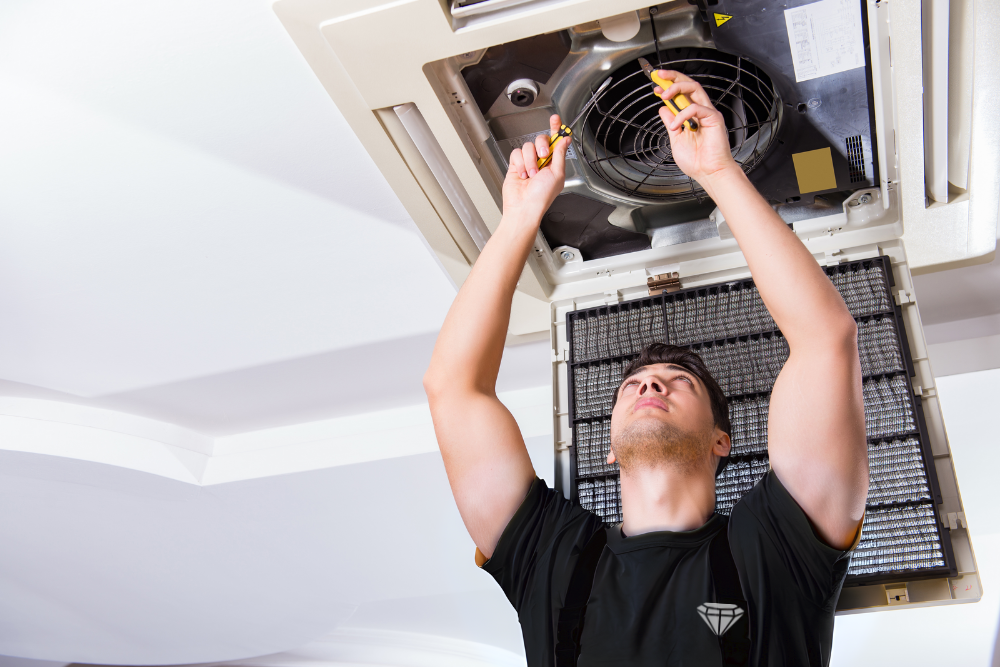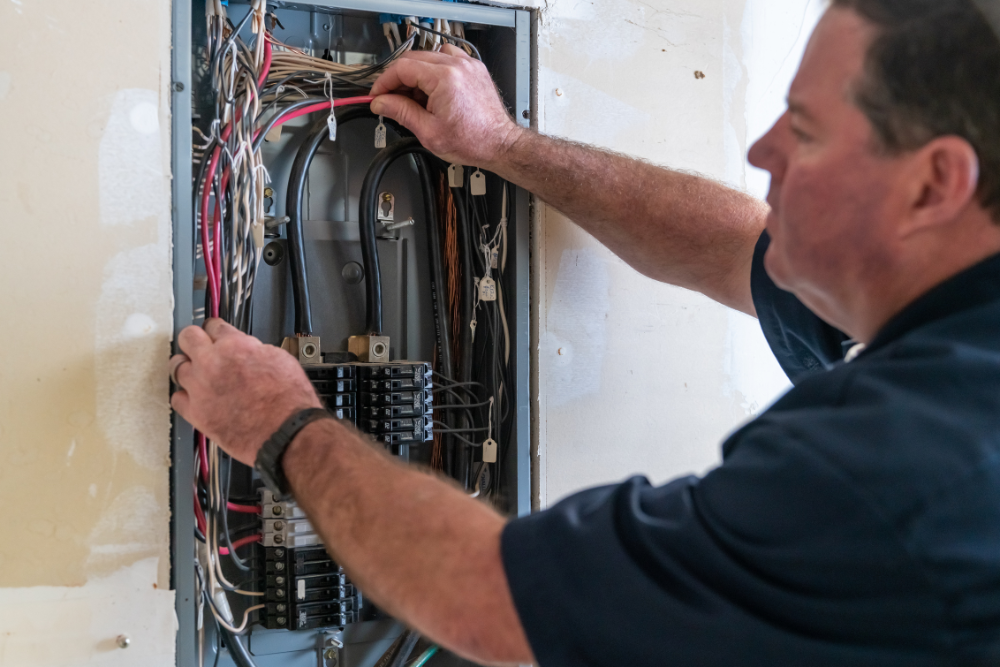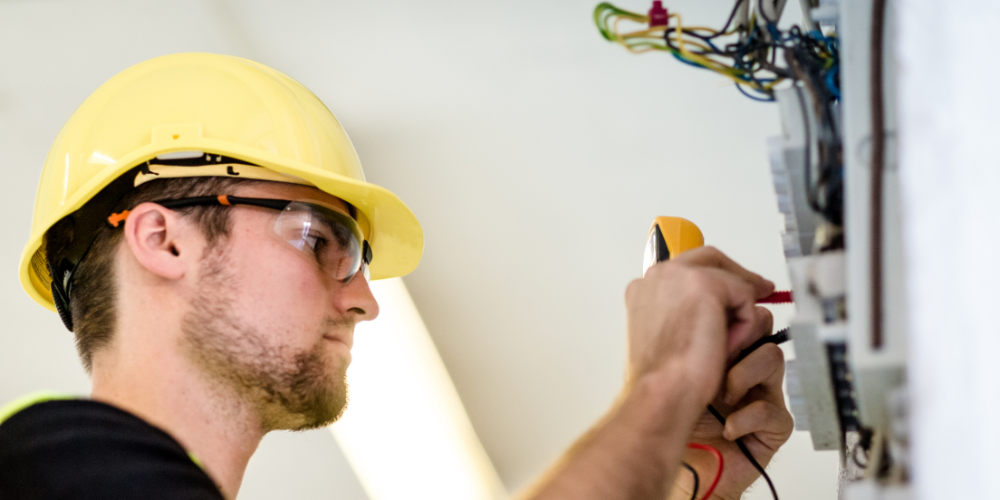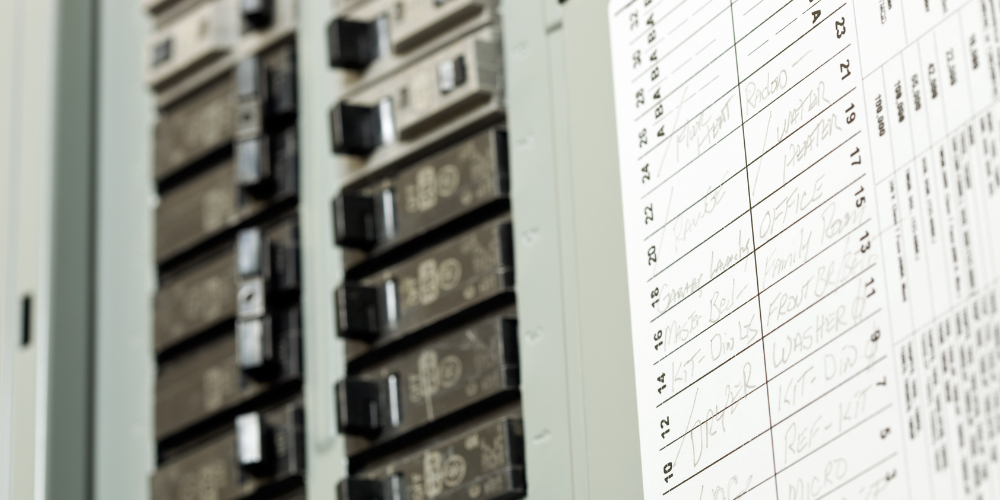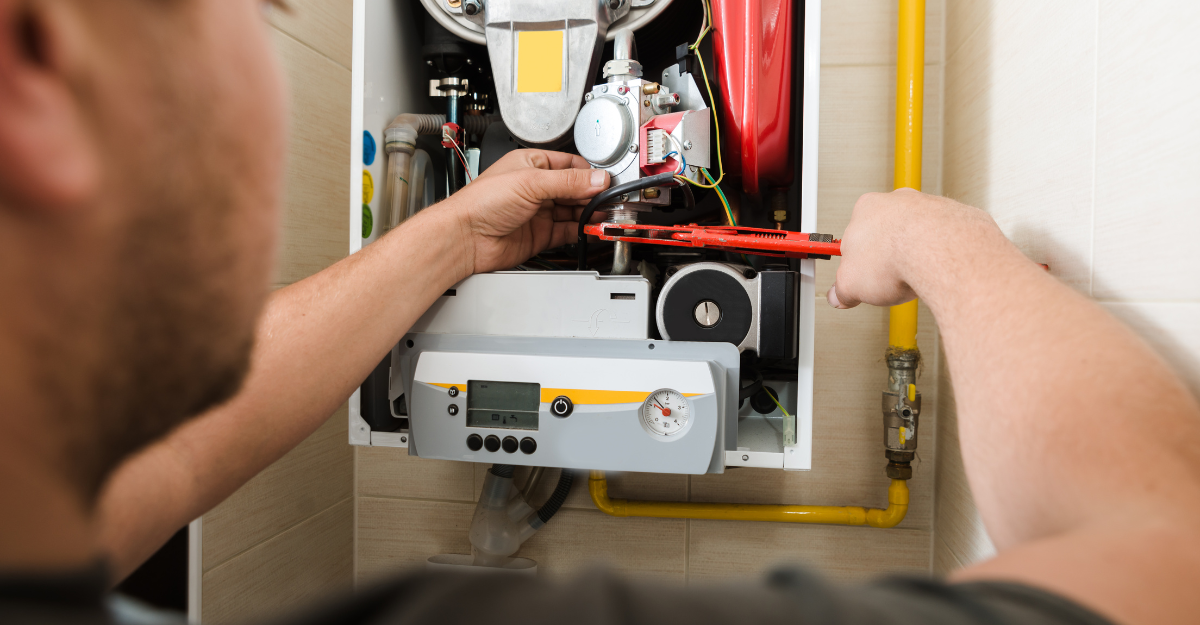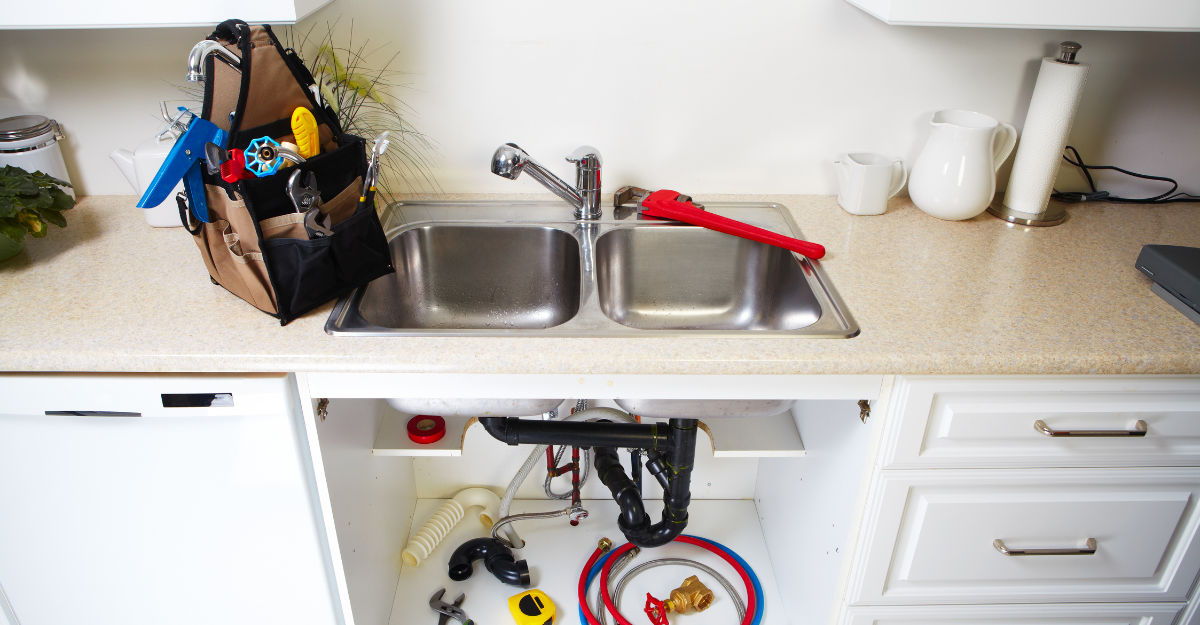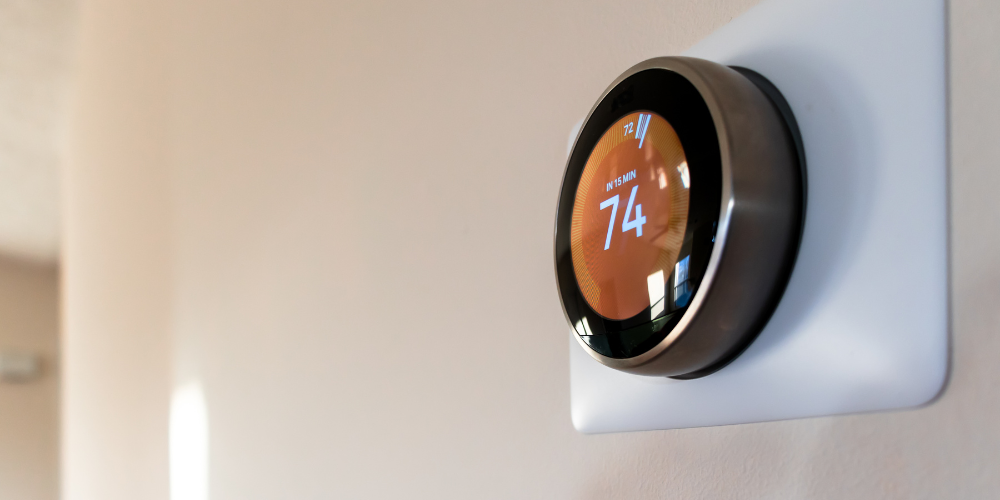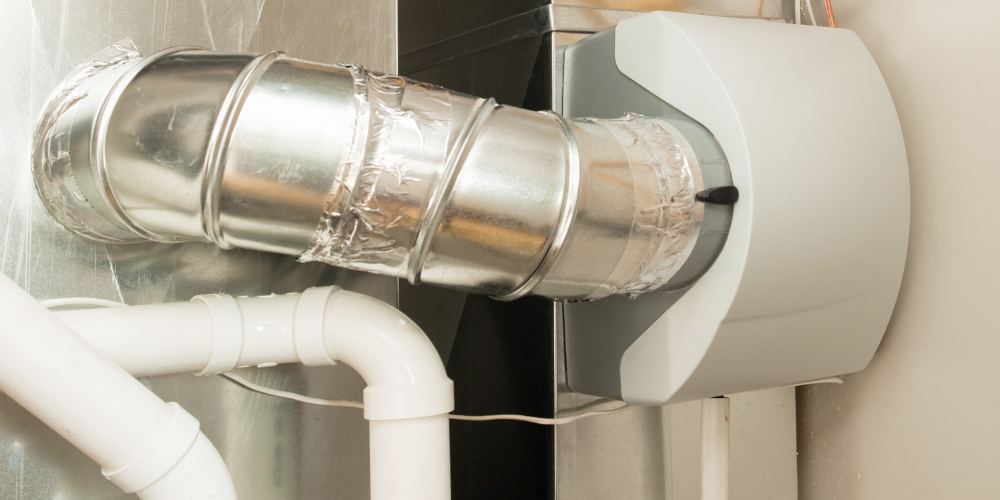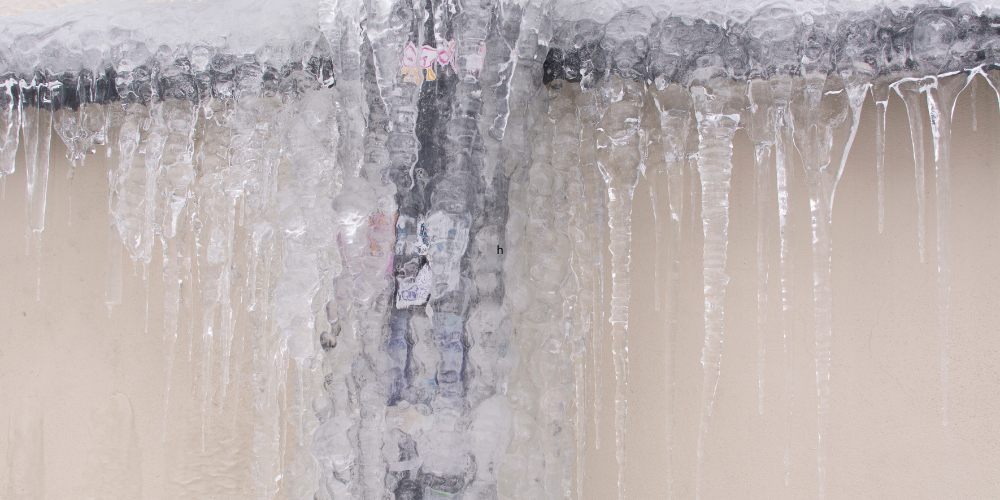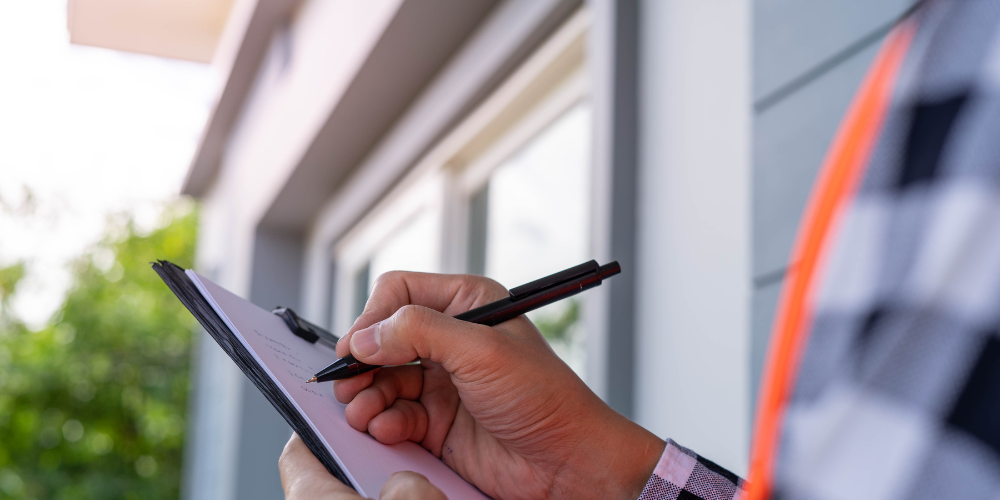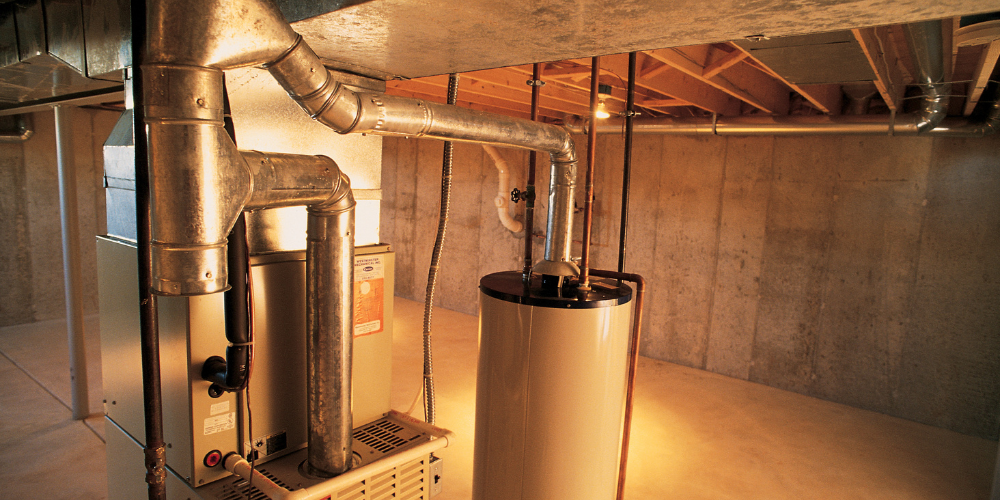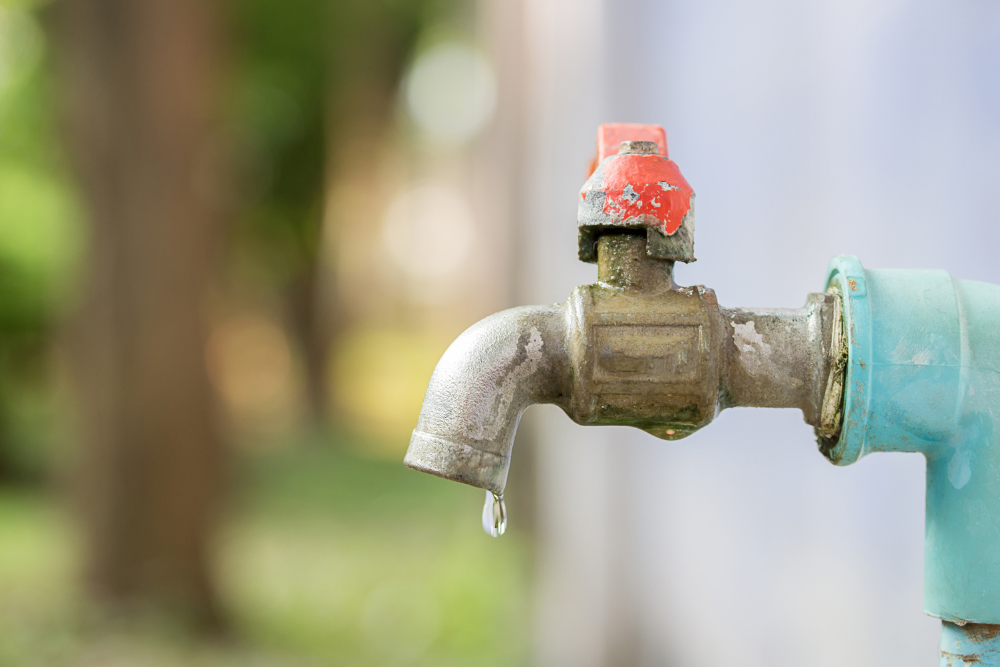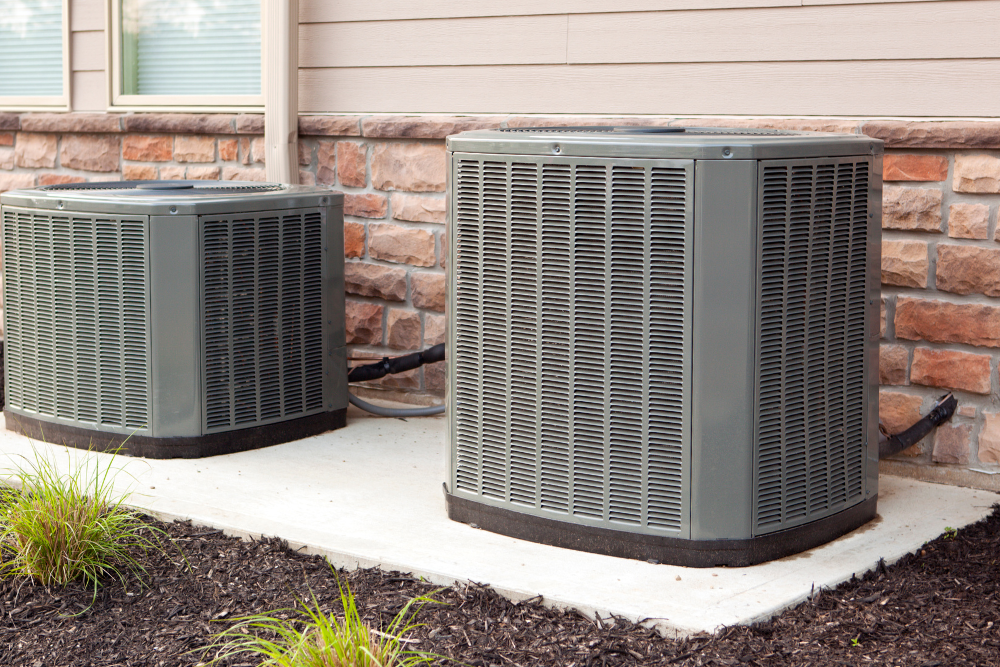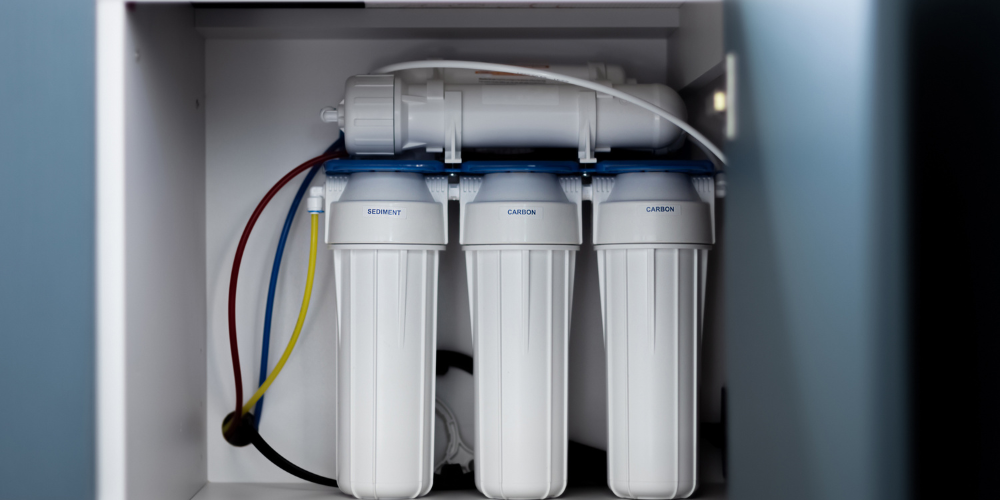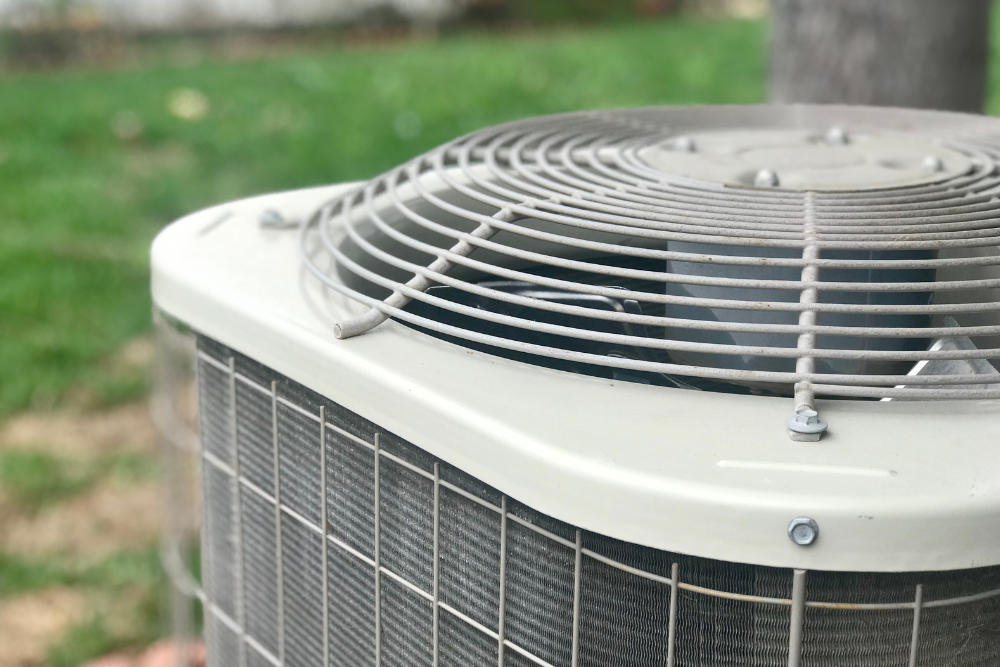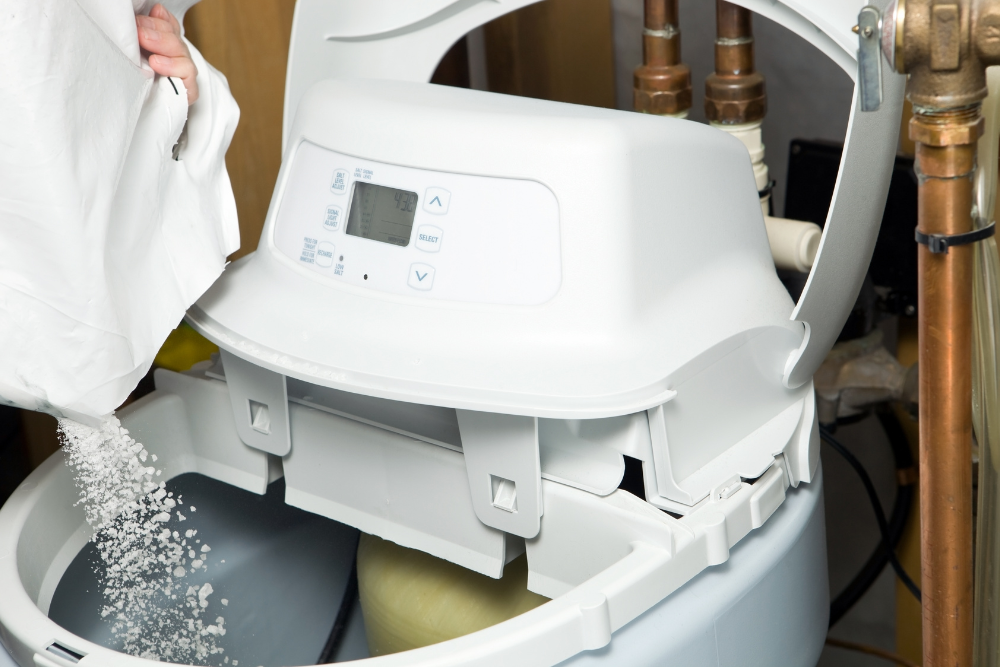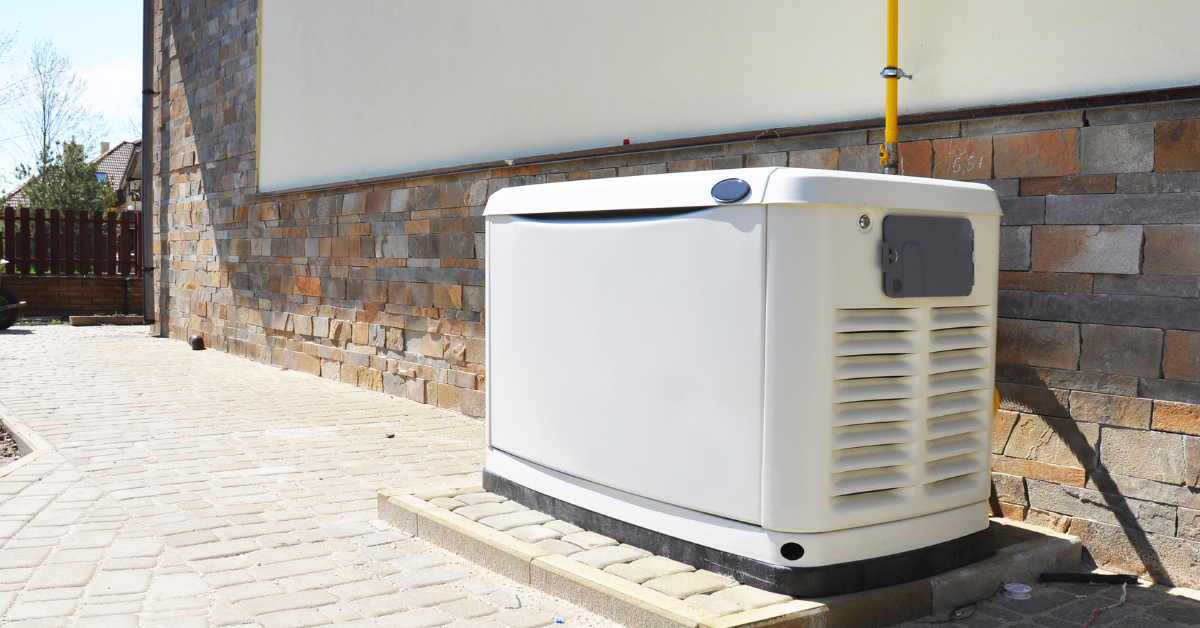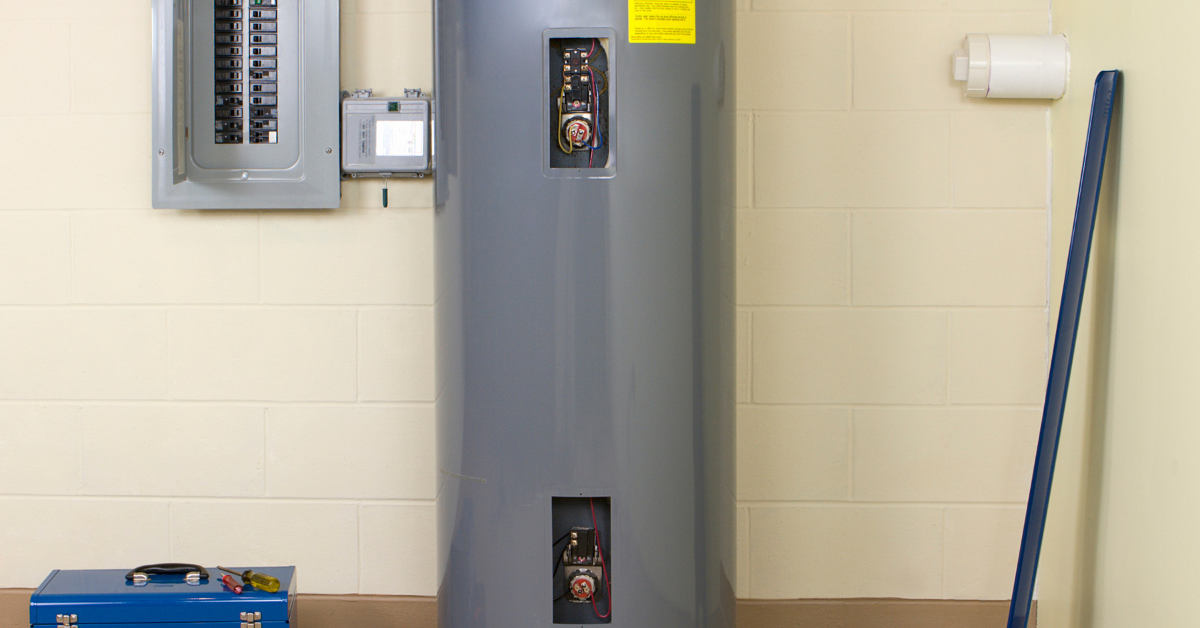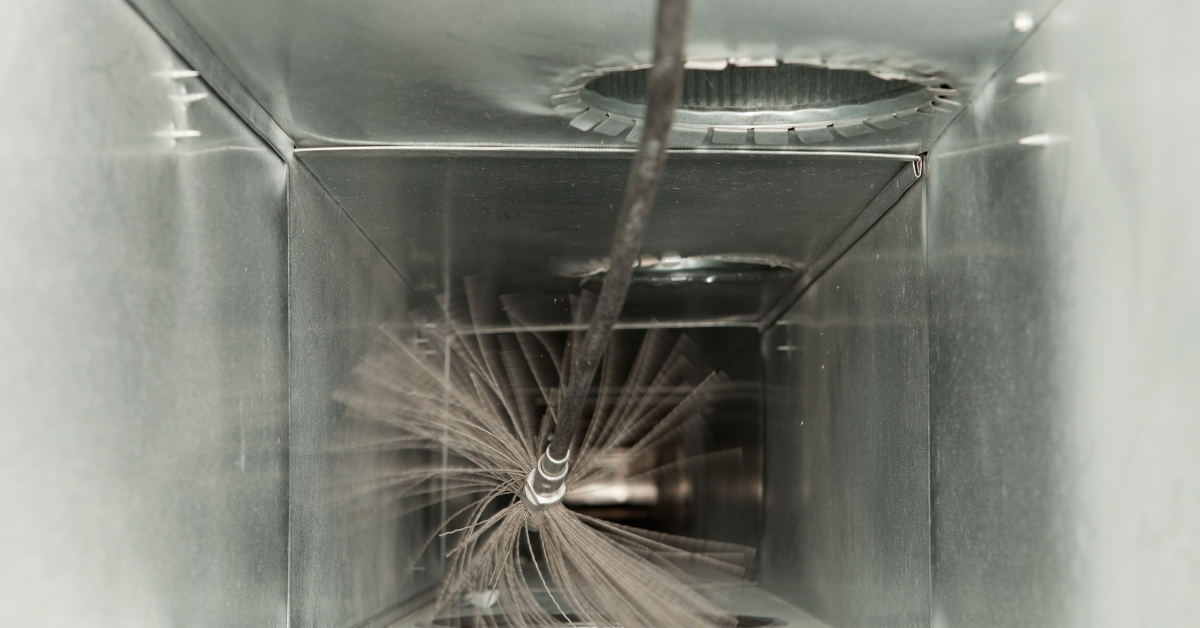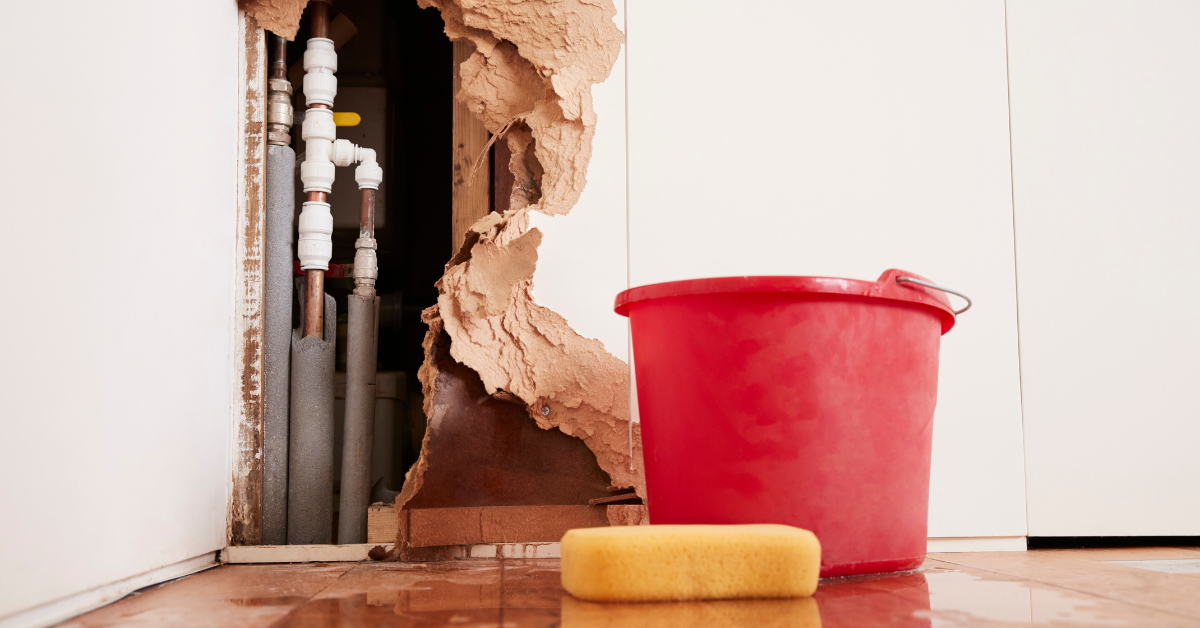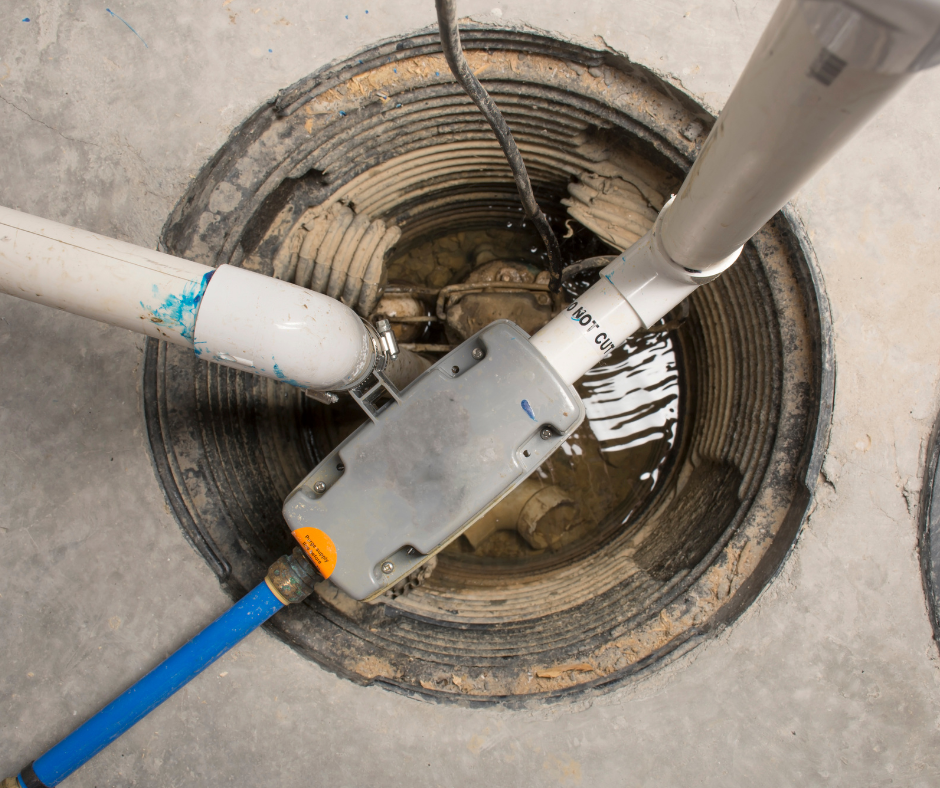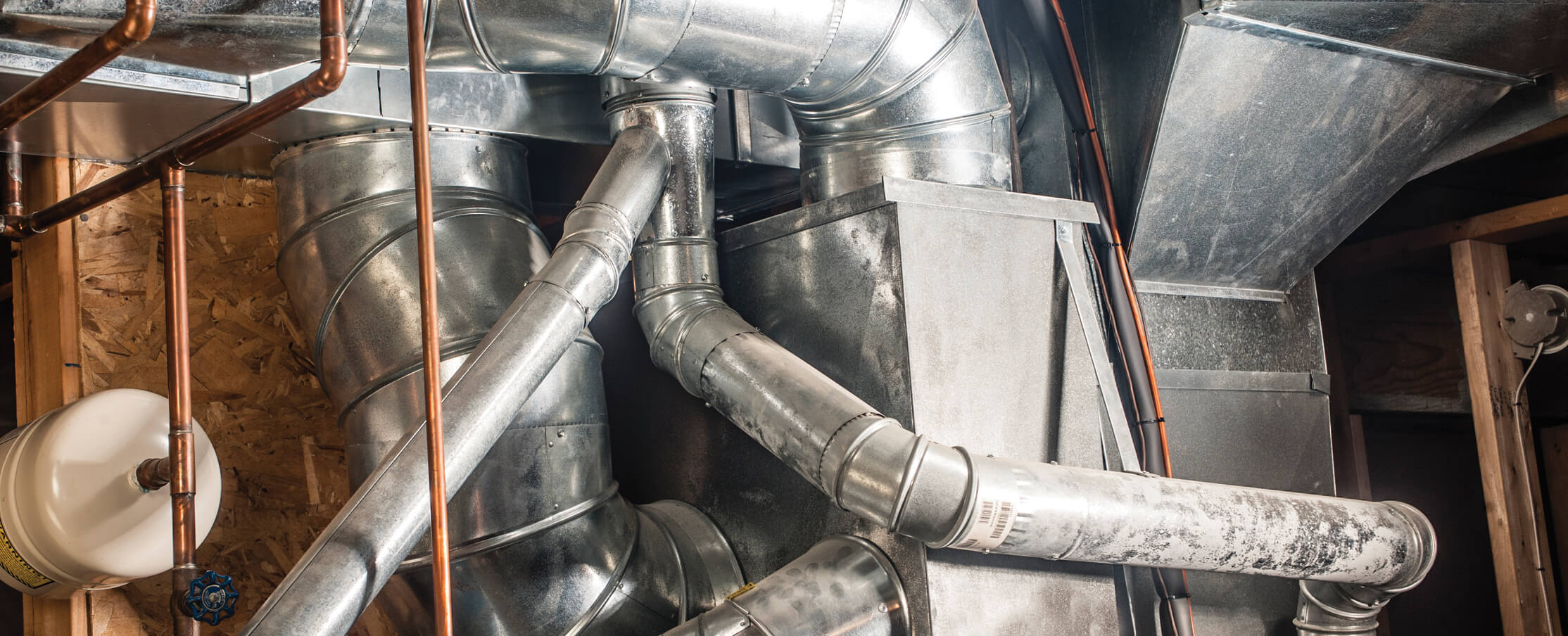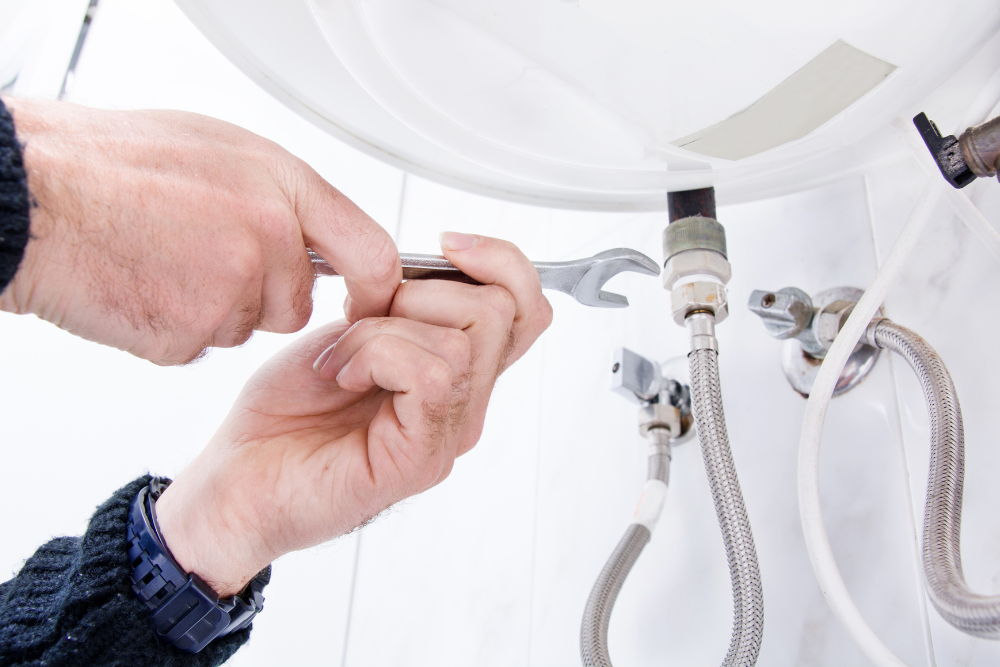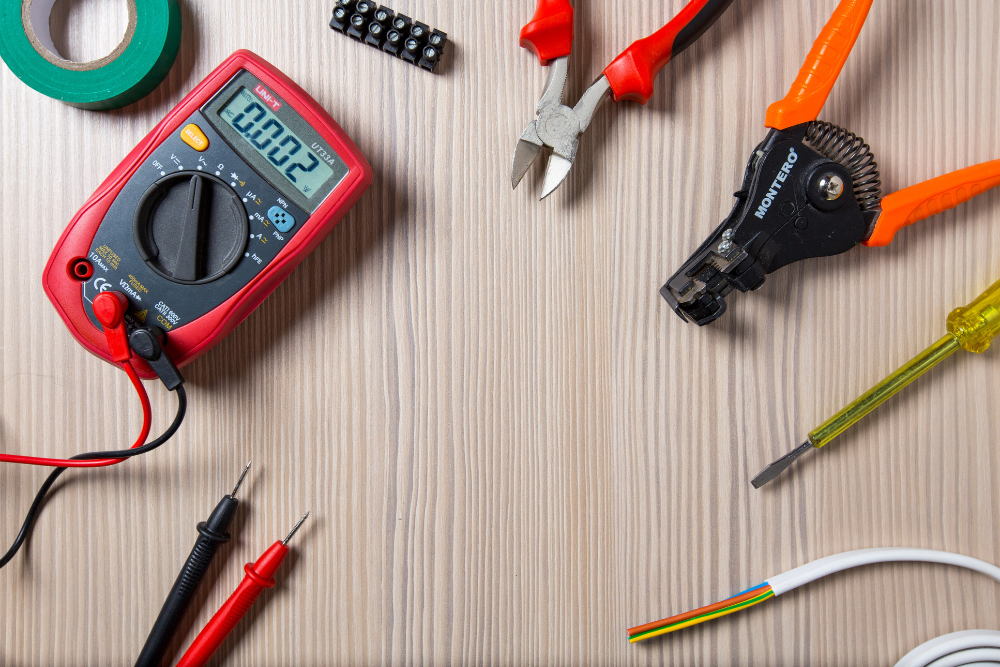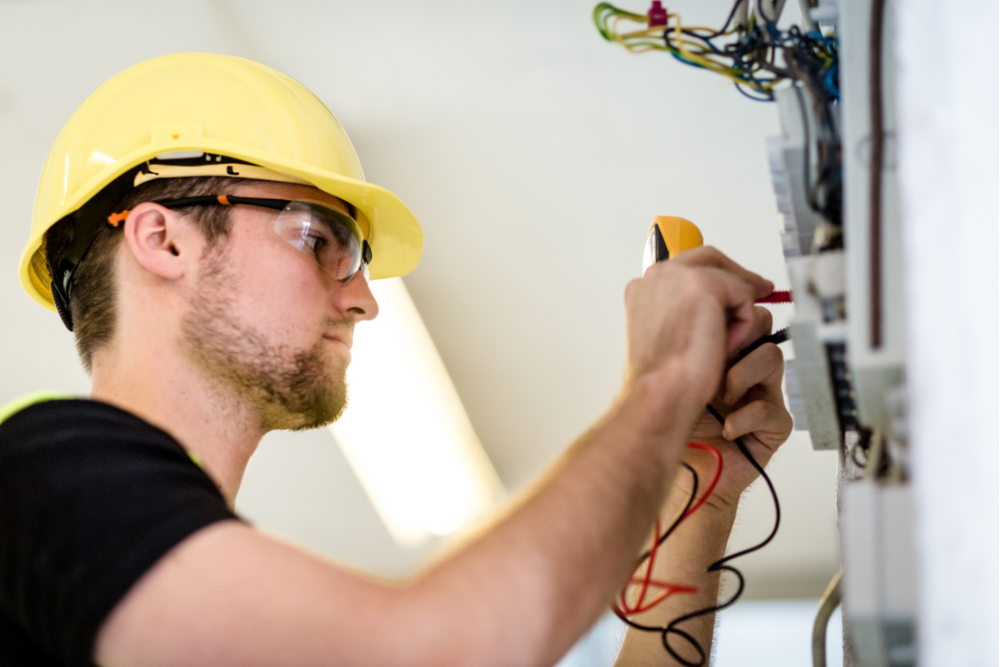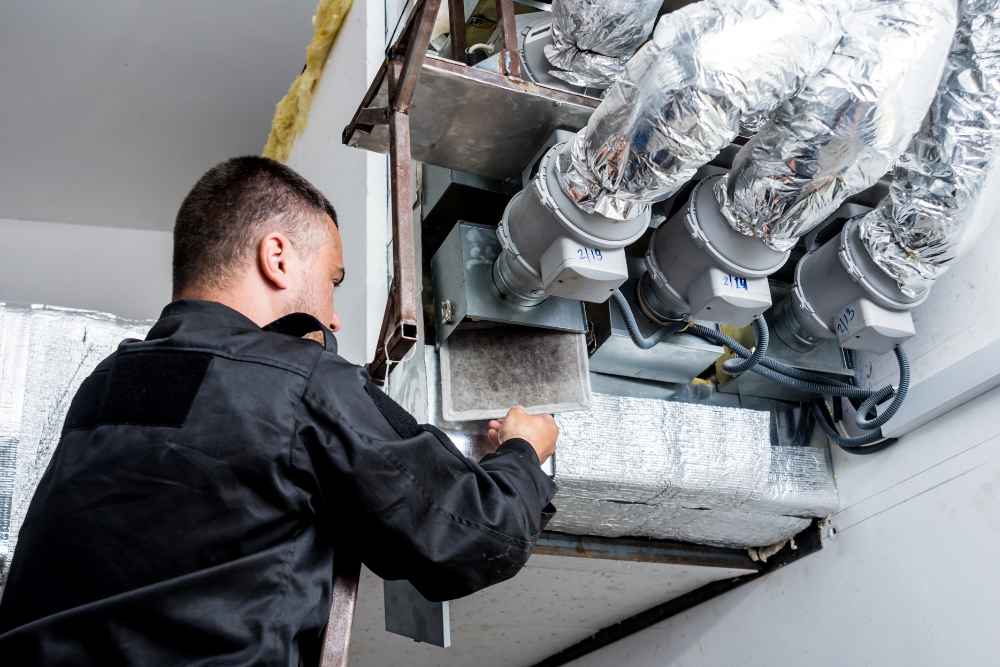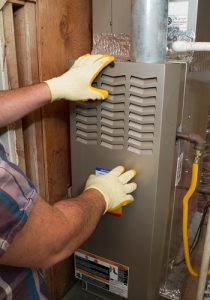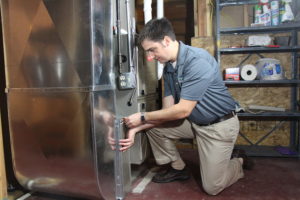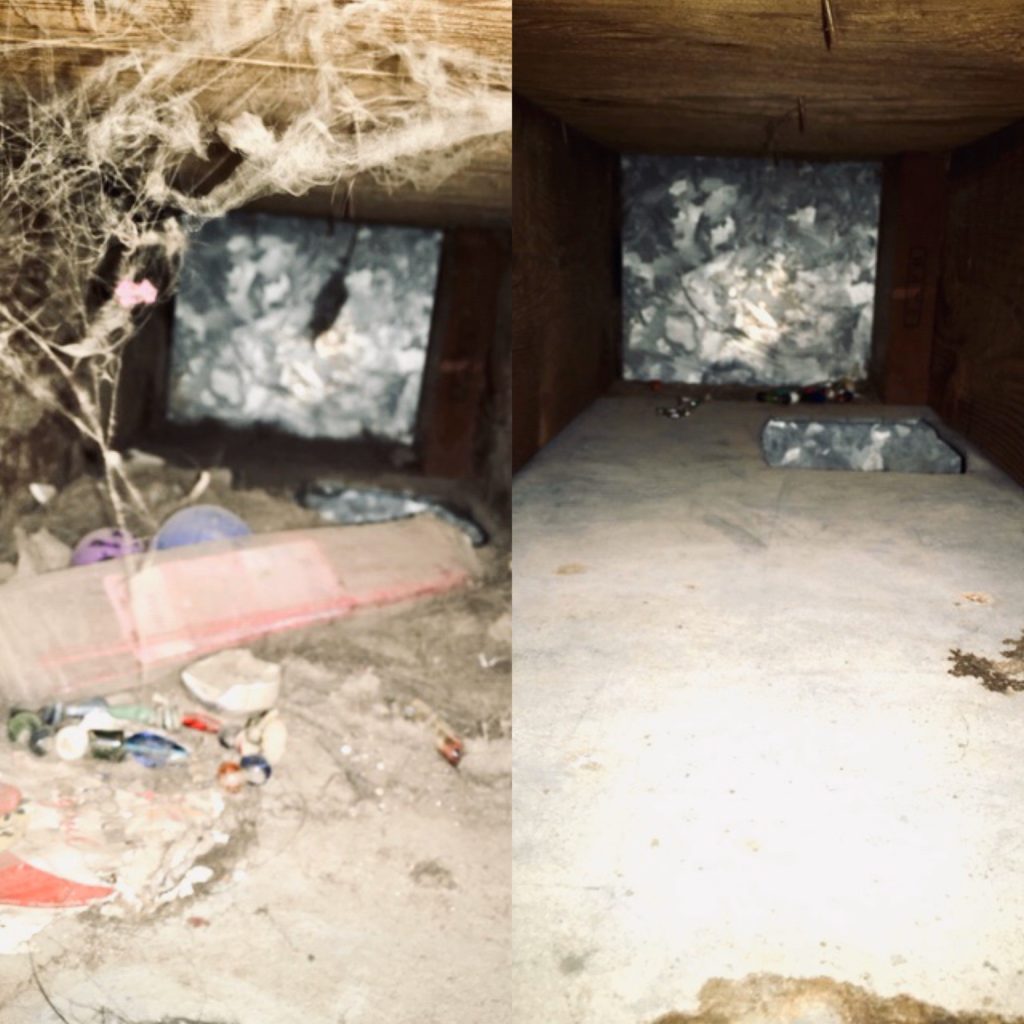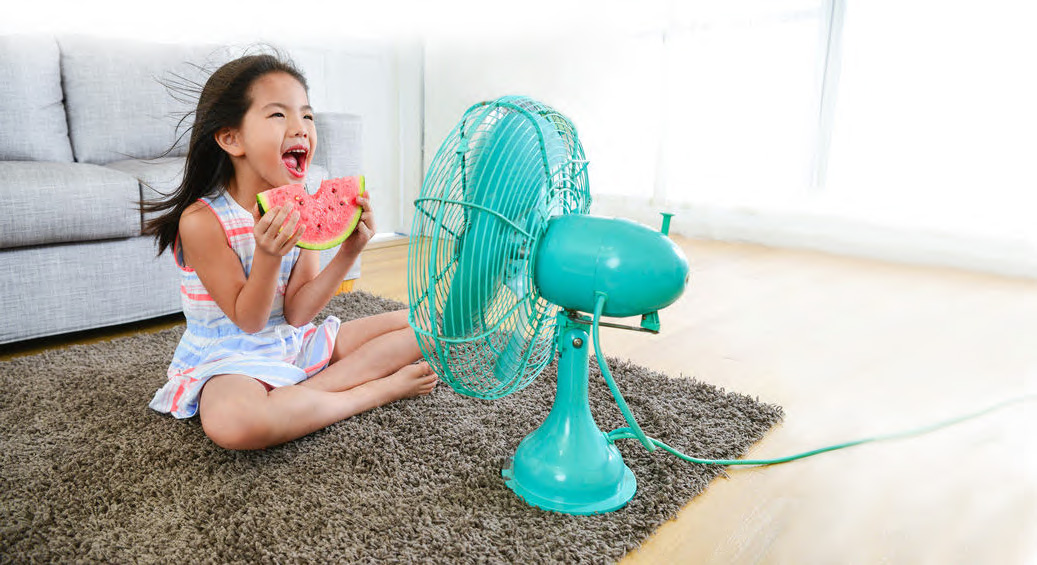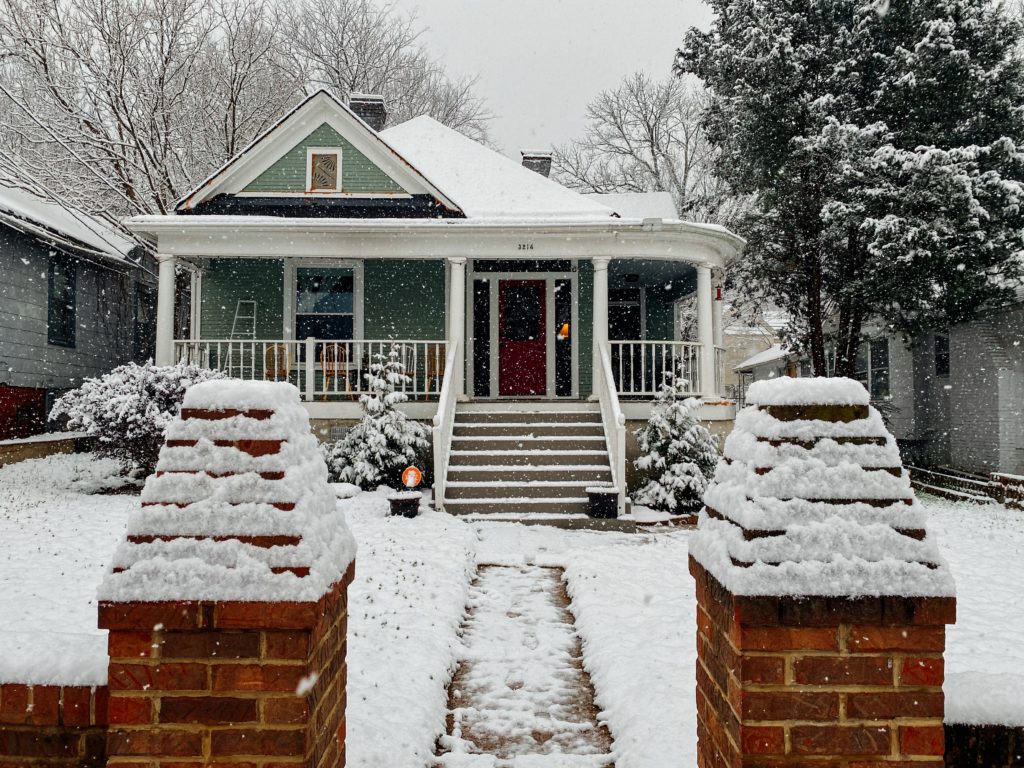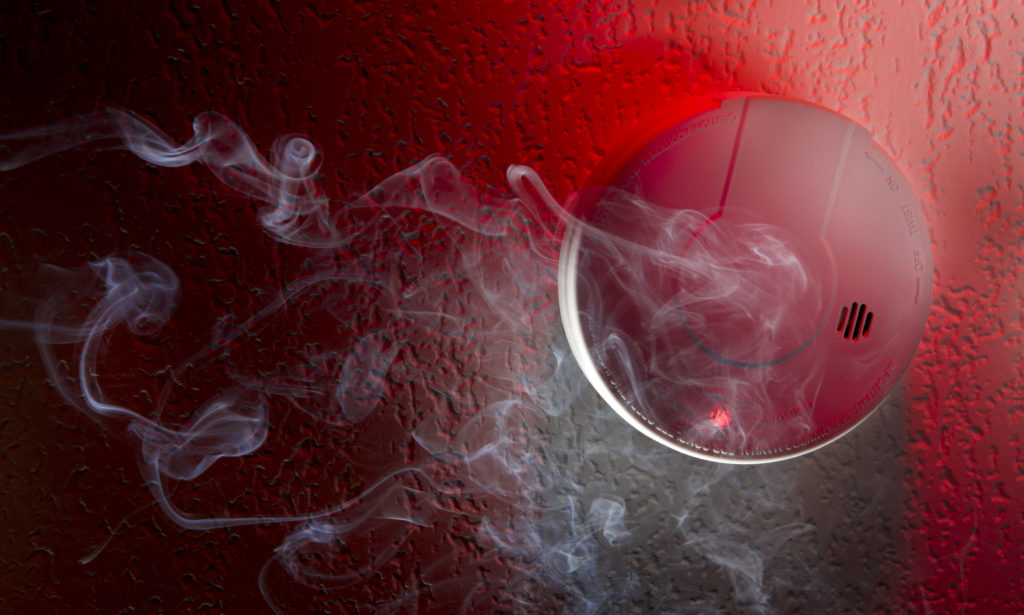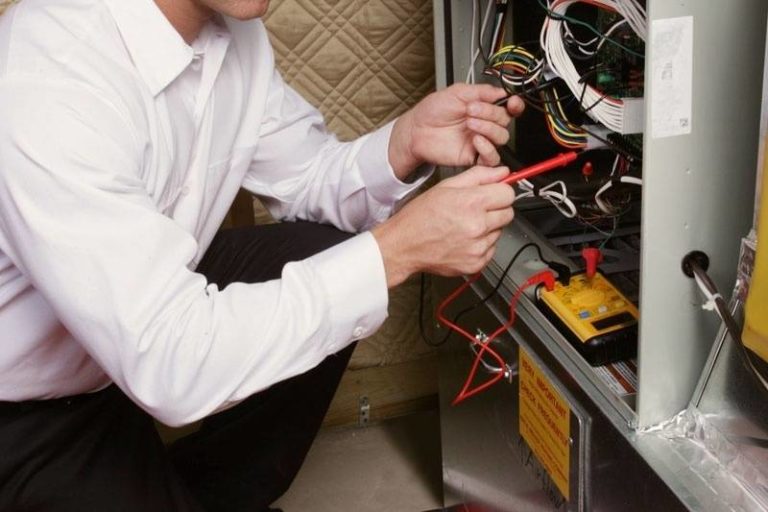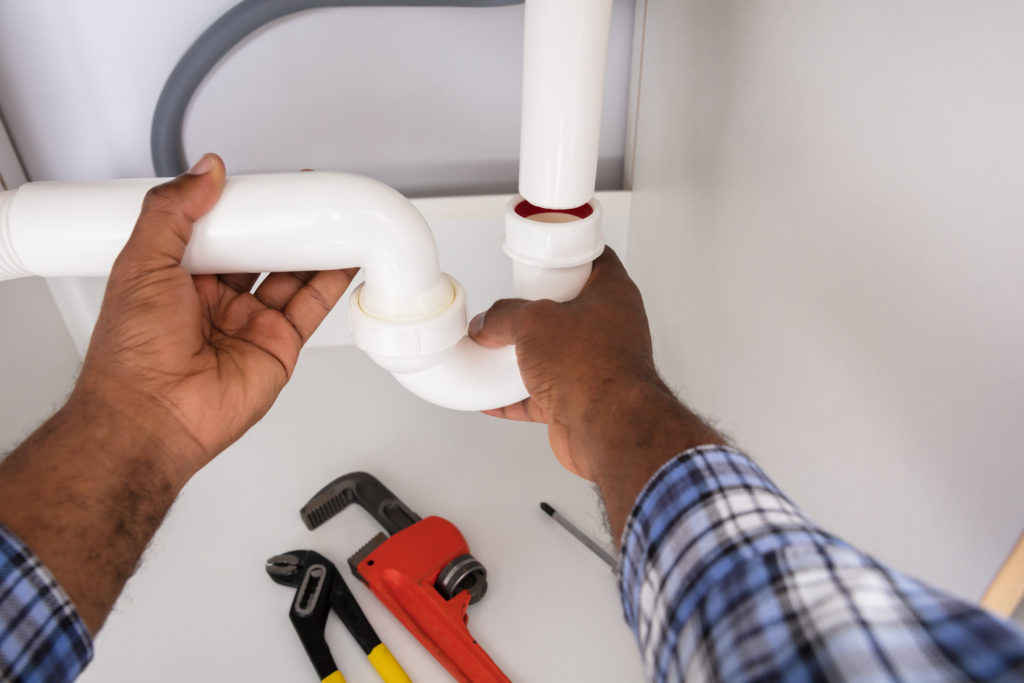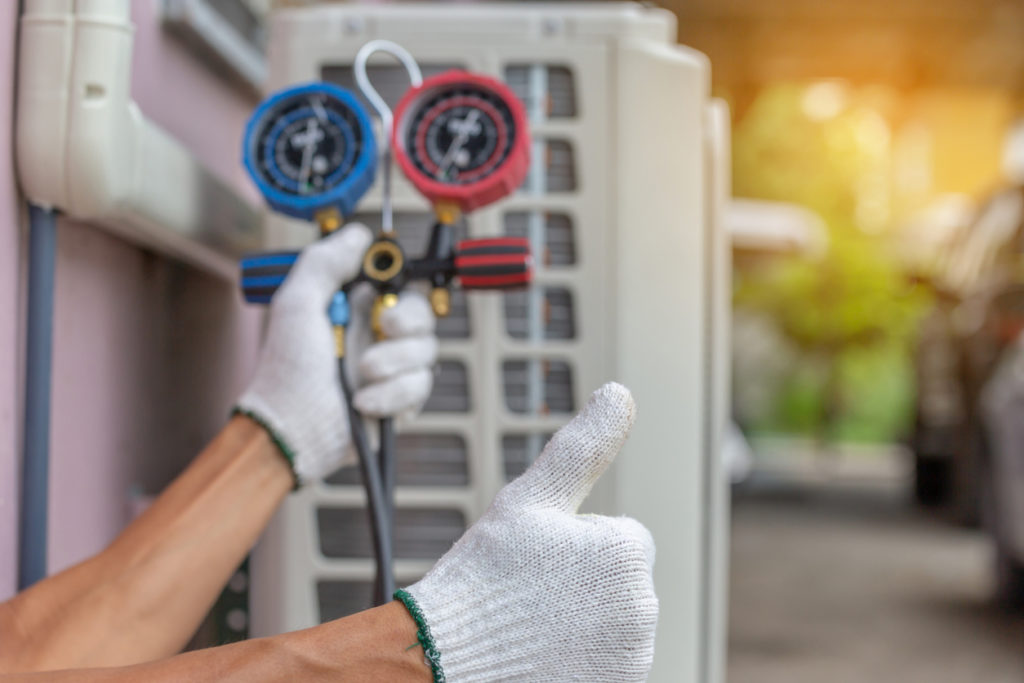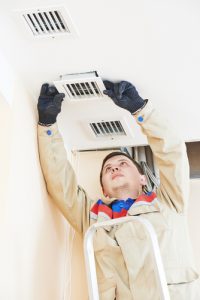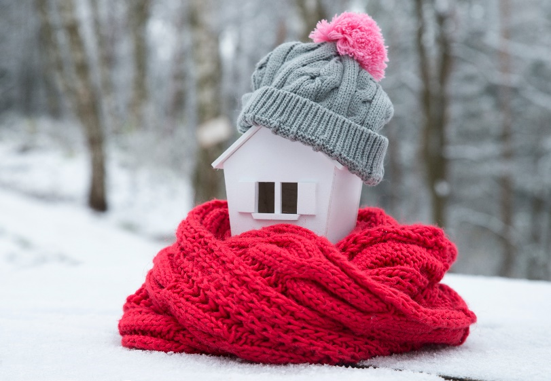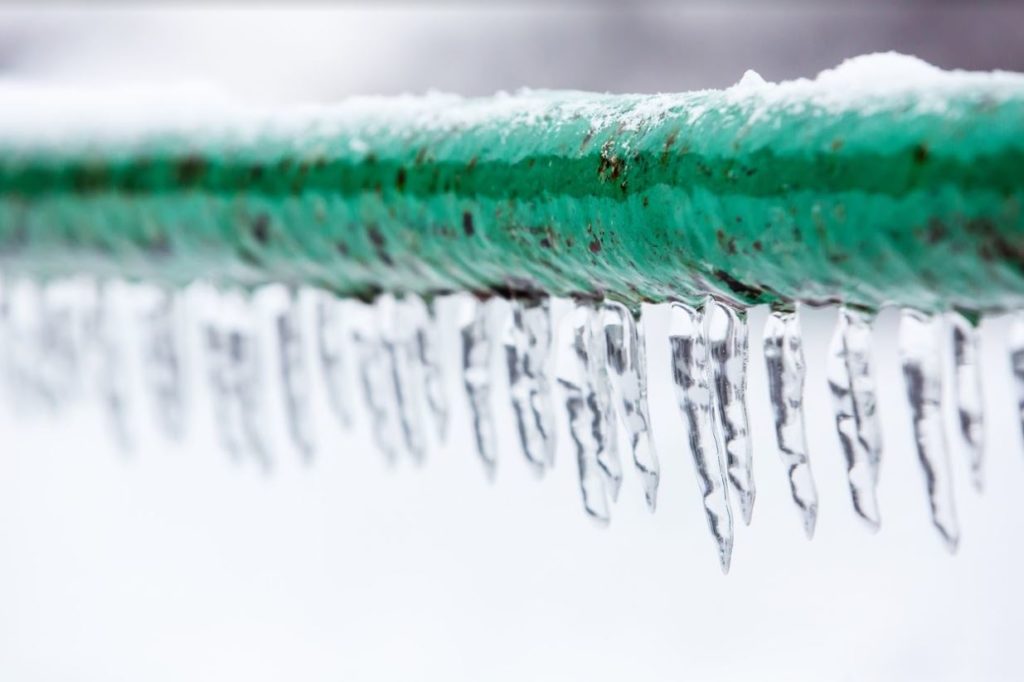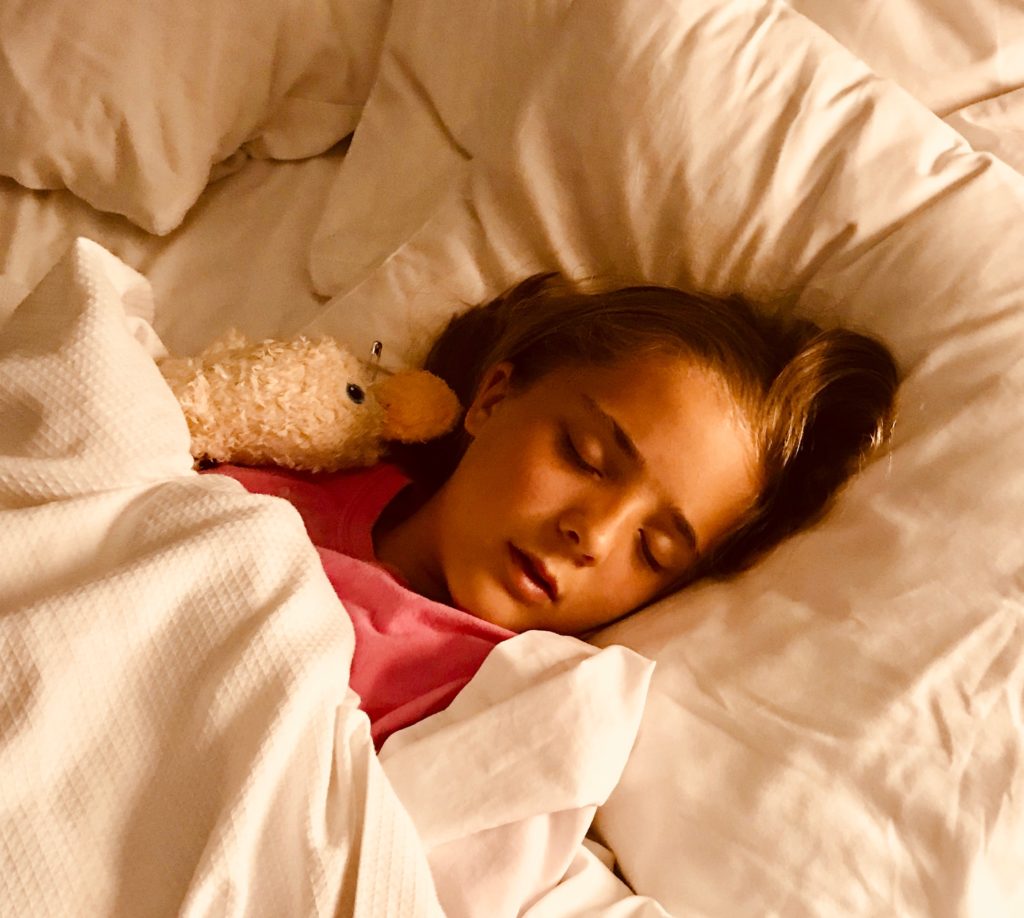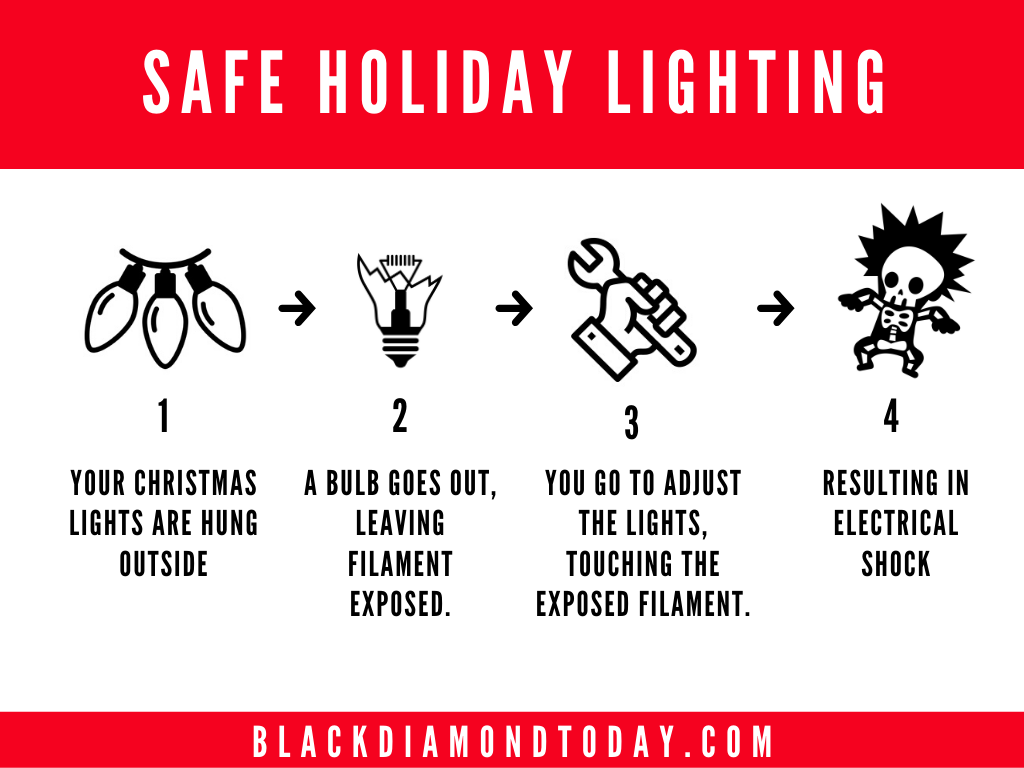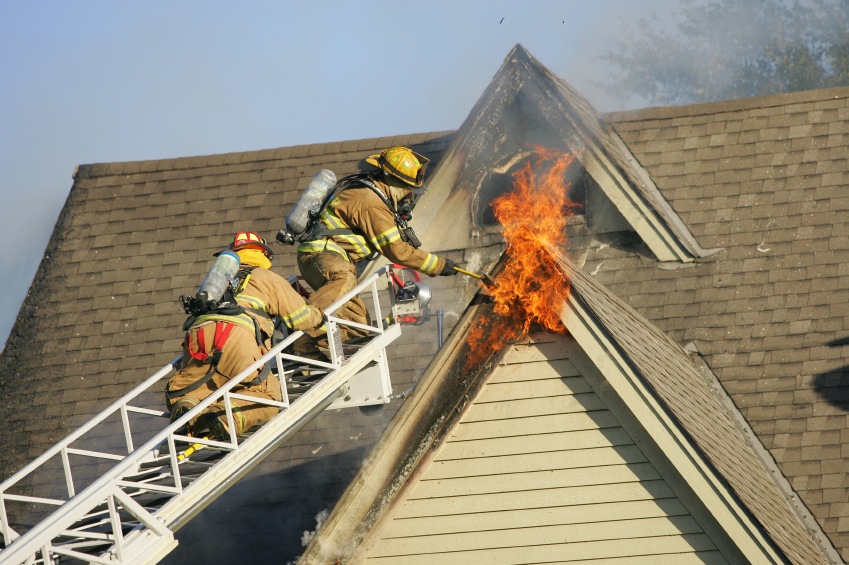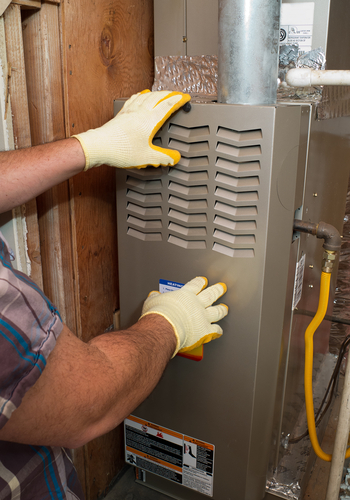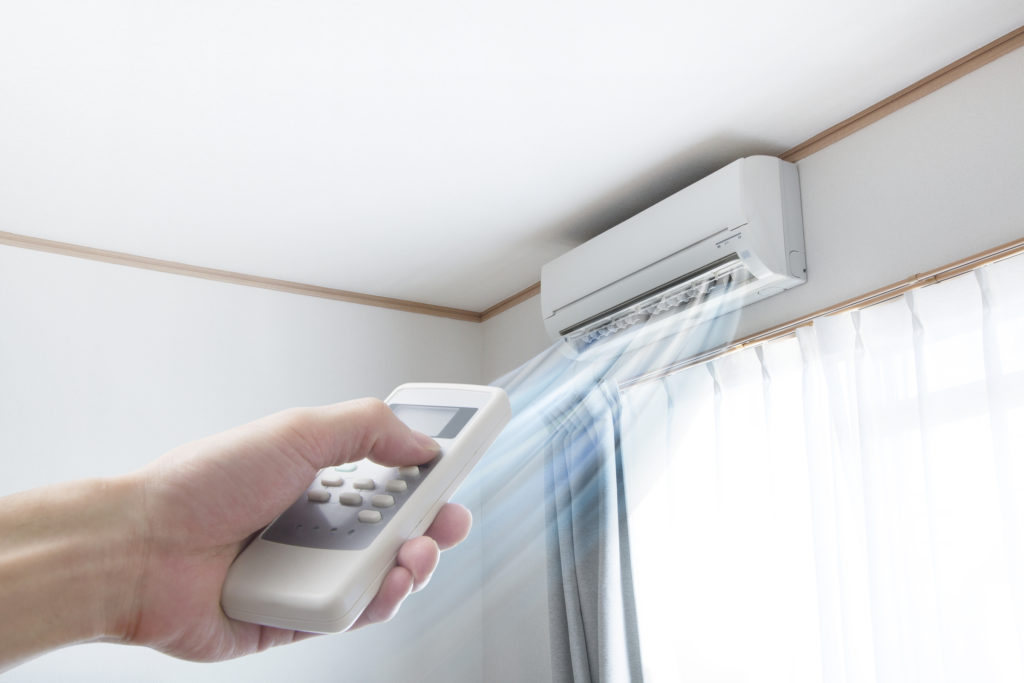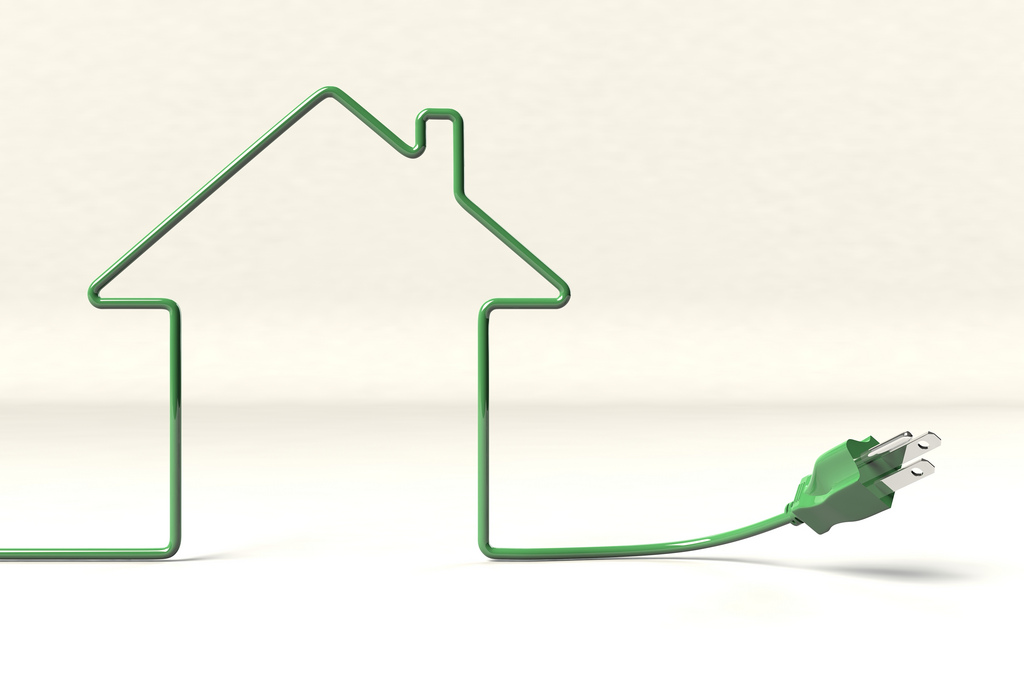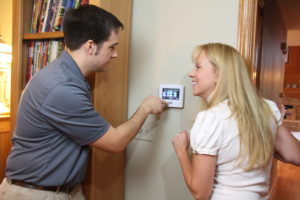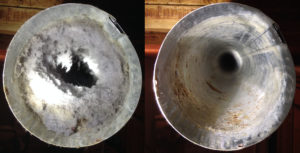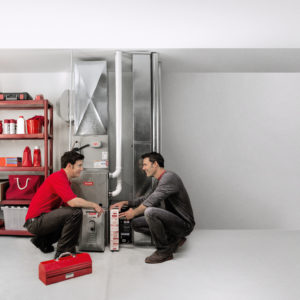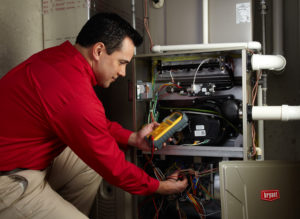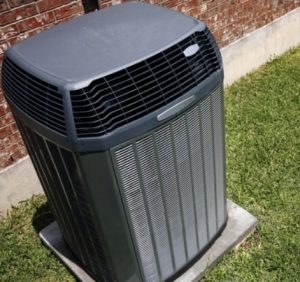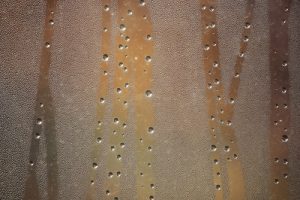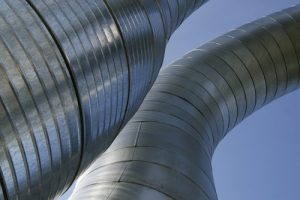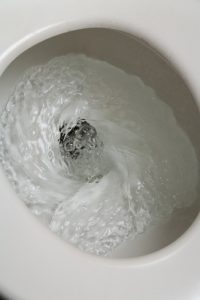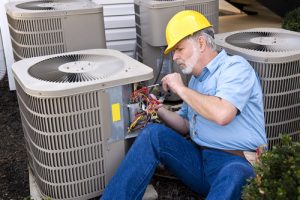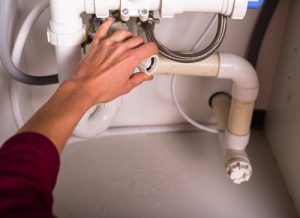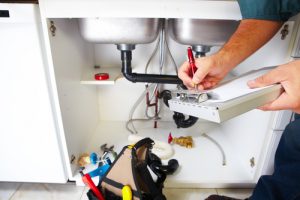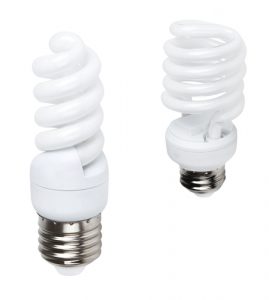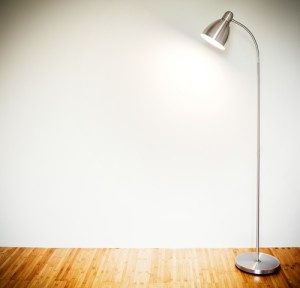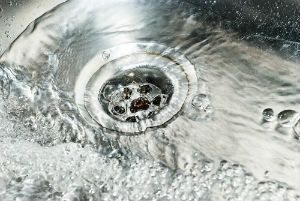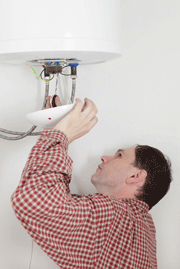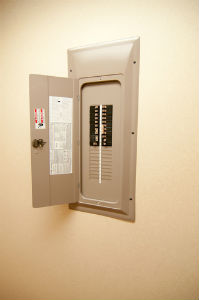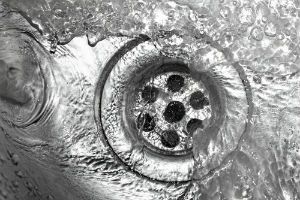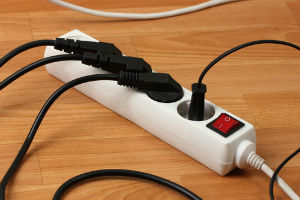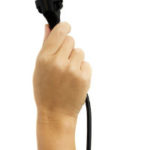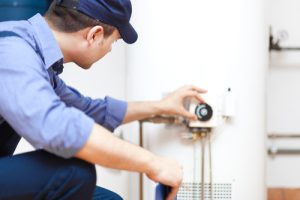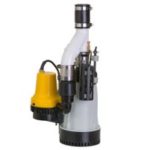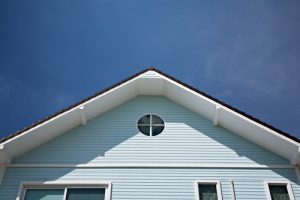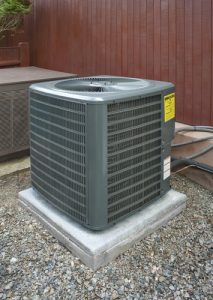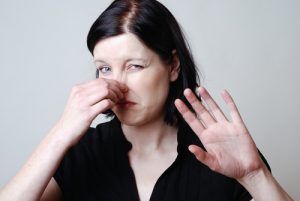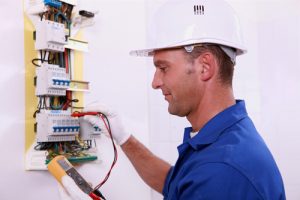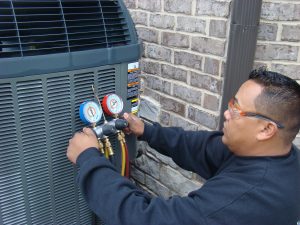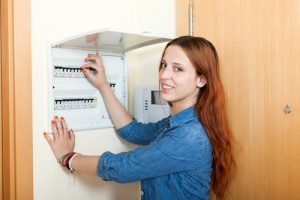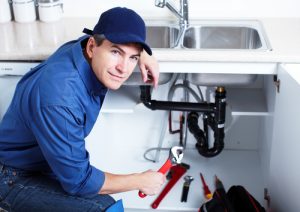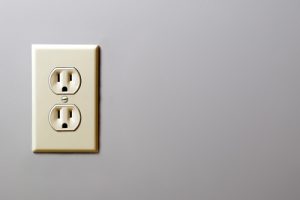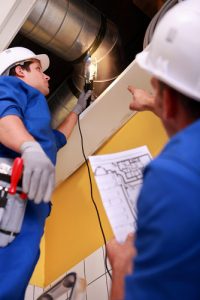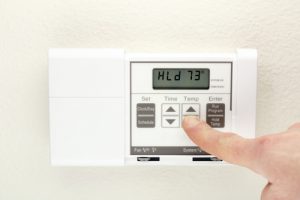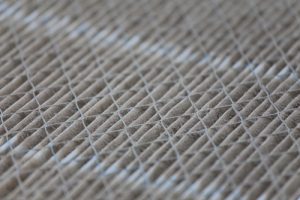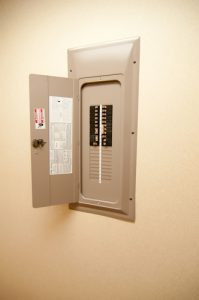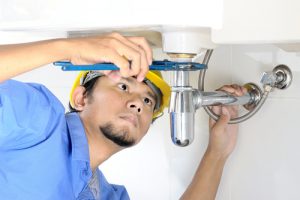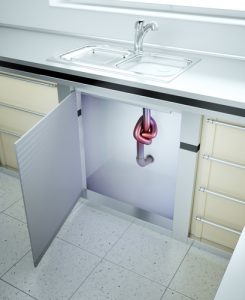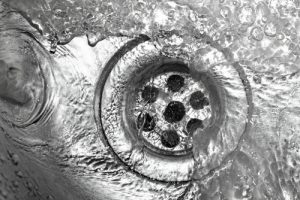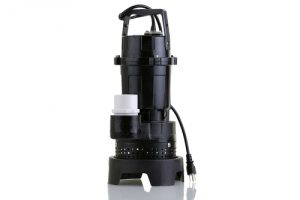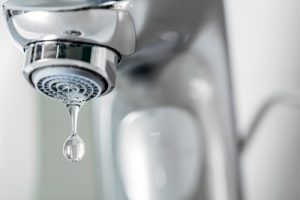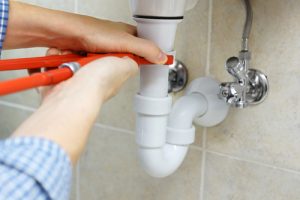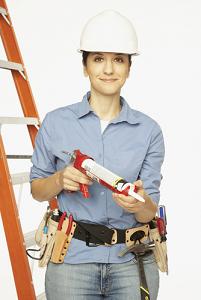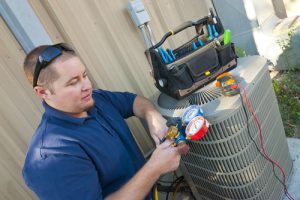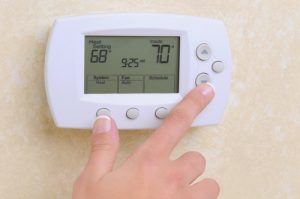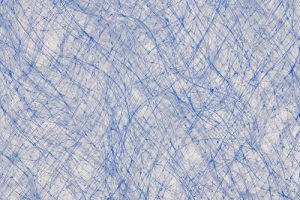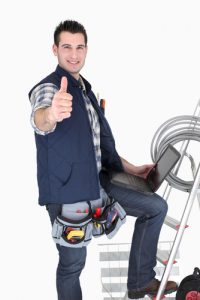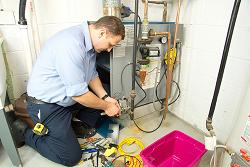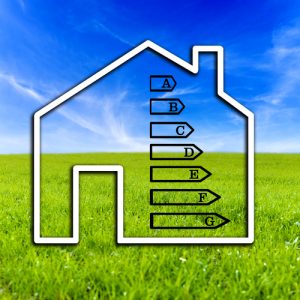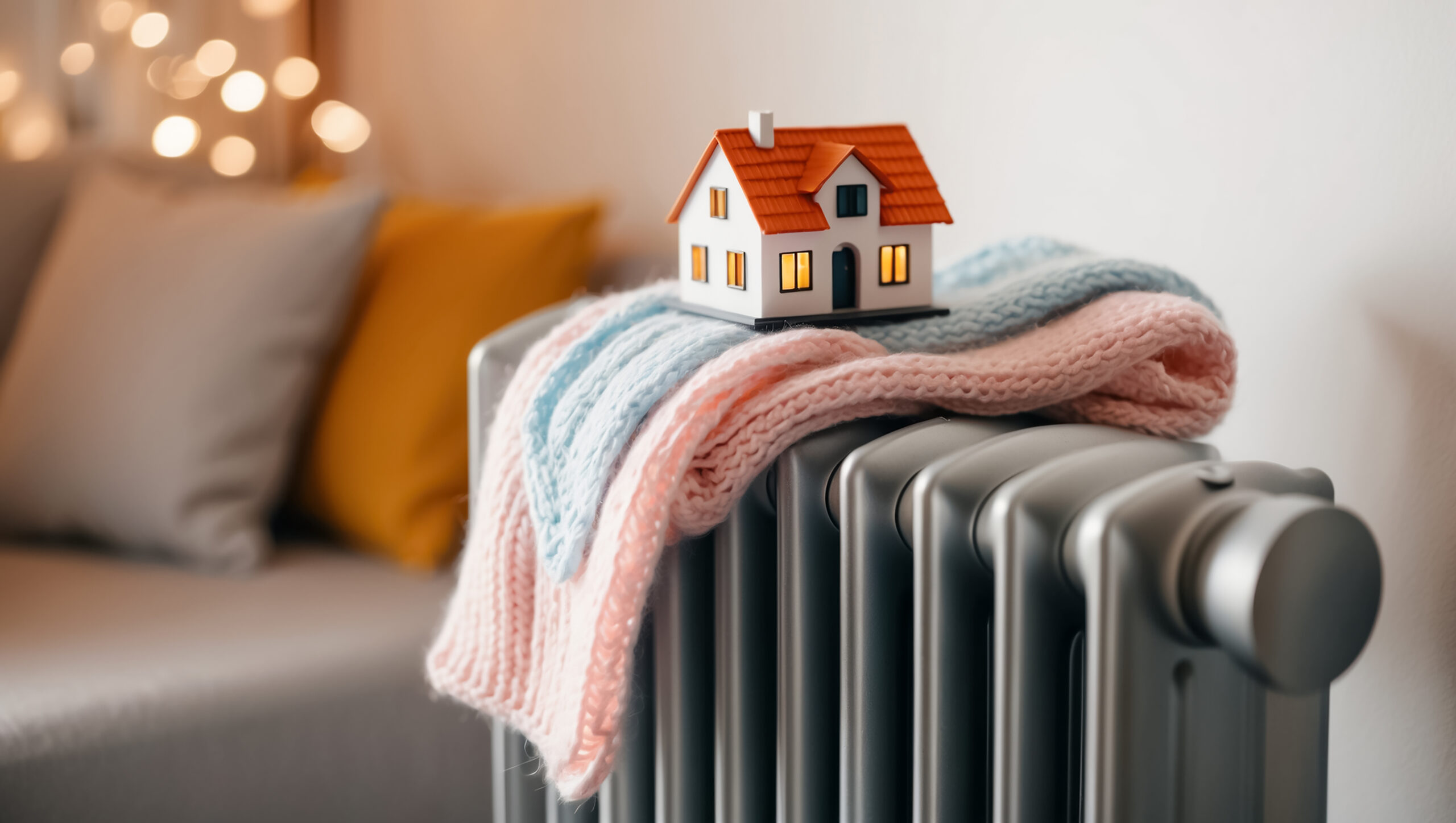Promote Improved Indoor Air Quality & Energy Efficiency With Proper Ventilation
Both indoors and outdoors, airborne pollutants are all around us. Without good ventilation in your home, these pollutants will build up in your indoor air, eventually reaching a level that interferes with your comfort and puts your health at risk.
Your indoor air quality depends on good airflow throughout your home. As important as an effective fresh air distribution system is, though, many homes are designed without one.
Both Old & New Homes Face Ventilation Issues
In the past, the design of the typical home left small air leaks around the windows, doors, baseboards, and other areas. While these leaks provide a certain amount of airflow, they’re far from the ideal way to get fresh air. Relying on air leaks leaves you with no way to control how much air gets in or out. On cold, windy days, you’ll end up with uncomfortable drafts. In summer, humid air leaks in, leaving you feeling hot and sticky even when you’re running the air conditioner.
The air that enters through leaks is unfiltered, so it brings in dust, allergens such as pollen and mold spores, pesticide residue from your garden, and other outdoor pollutants. Larger openings also let in insects and rodents. Radon is another concern. This natural yet cancer-causing gas is found in the ground beneath some homes. Air leaks allow the gas to seep into your home in quantities large enough to potentially pose a threat to your health.
If you own a recently built home, you’ll face a different problem. Modern homes are designed to be airtight, so the structures allow for little air leakage. From an energy-saving perspective, this is ideal. Air leaks let conditioned air escape outdoors, so they force you to continually cool or heat your home to maintain a comfortable temperature. Tight homes hold in conditioned air, cutting down on the amount you need to heat and cool. Well-sealed homes also keep out outdoor pollutants. The problem, however, is that unless a ventilation system is added, tight homes have no “built-in” way to let in the fresh air.
No matter how tight your home, a certain amount of outdoor pollutants will enter through open doors and windows or even on your shoes and clothes. On top of that, you’ll have indoor pollutants from household cleaners, air fresheners, chemical vapors from plastic products, wood furniture, and carpeting, as well as traces of soot from fuel-burning appliances such as your gas furnace and fireplace.
Unless you ensure that your home has a way to vent these pollutants outdoors, they’ll build up to unhealthy levels.
Lack of Ventilation is Often Easy to Detect
Whether you live in an older, leaky home or a modern, airtight one, there’s a good chance you need to improve your ventilation if you have problems such as:
- Condensation on your windows
- A stuffy feeling in your rooms
- Mold and mildew growth around your home
- Lingering odors
- Headaches or dizziness while cooking with gas
- Unexplained coughing or other respiratory problems
These signs can go beyond mild annoyances, causing serious health issues and damage to your home.
Low oxygen — Even if you have no fuel-burning appliances that use up oxygen, just breathing uses the oxygen indoors over time. Too little oxygen and too much carbon dioxide will create a stuffy feeling in your home and may leave you with fatigue and headaches.
Respiratory problems — Pollutants in your indoor air irritate your airways and can worsen your allergies or asthma. Even if you don’t have a respiratory condition, dust, tobacco smoke, and dust mites can still cause respiratory problems such as coughs and sore throats. A buildup of chemical pollutants from household cleaners, carpets, and other indoor sources may cause even more serious issues. Experts from the Environmental Protection Agency (EPA) warn that long-term exposure to indoor air pollutants may increase your risk for certain respiratory diseases, heart disease, and even cancer.
Humidity problems — Your indoor humidity should fall between 30 and 60 percent, depending on the season. Humidity levels outside this range pose numerous problems. High humidity leaves your air feeling muggy, causes condensation on windows, encourages mold and mildew growth, exacerbates respiratory conditions, and damages wallpaper and paint. Low humidity can keep you feeling chilly in winter, give you dry skin, cause cracks in wooden furniture and flooring, and allow static electricity to build up.
While good airflow alone isn’t always enough to maintain optimal indoor humidity, poor airflow can add to the problem. Air leaks used for ventilation let in too much moist outdoor air, especially in summer. On the other hand, a tight house without sufficient airflow faces humidity problems due to a buildup of moisture from cooking, bathing, and cleaning.
Effective Ventilation Systems are Available for Every Situation
If you’re concerned that your home lacks sufficient airflow, getting familiar with some of the fresh air distribution systems available will help you decide how to improve your indoor air circulation.
Natural ventilation — This type of ventilation relies on air leaks in the building structure and opening windows and doors, making it the least effective method. Relying on natural ventilation causes uneven airflow and varying indoor air quality throughout your home. While opening the windows is better than getting no fresh air at all, it also lets in outdoor pollutants and humidity. In the end, you may just be swapping one air quality problem for another.
Spot ventilation — Exhaust fans are the primary equipment used for this method. Most building codes require an exhaust fan in every kitchen and bathroom. The fans can be turned on to vent damp air and odors outdoors, then turned off again when not needed. Although they do an adequate job of quickly drawing out moisture and odors, they don’t filter the incoming air, so they let in outdoor pollutants and humidity. What’s more, each fan can supply airflow to one room only.
Whole-house exhaust ventilation — In addition to installing spot ventilation exhaust fans, it’s also possible to design a system of exhaust fans, vents, and ducts that remove stale air from your entire home. The downside of this system is that it relies on air leaks to let fresh air in. While that’s acceptable in cold climates, in warm climates, it causes humidity problems. So much humid outdoor air is drawn in through the building structure that moisture collects in the structure itself and eventually causes water damage and rot.
Whole-house supply ventilation — This is effectively the opposite of an exhaust ventilation system. It uses a fan and ductwork to pull fresh air into your home and distribute it to one or more rooms, usually the living room and/or bedrooms. The system depends on air leaks to let out the stale indoor air. Because this system allows for greater control of the airflow and humidity, it’s a better choice for warm climates.
Balanced ventilation — As the name implies, this fresh air distribution method is designed to draw in the fresh air and exhaust stale air. It doesn’t rely on air leaks, so it can be used in any climate. You’ll also be able to filter the incoming air to stop dust, pollen, and other pollutants. On the downside, this system exhausts conditioned air, so it isn’t the best for energy efficiency. Because it does double duty, a balanced system requires two fans and two duct systems, making it more complicated and expensive to install than a single exhaust or supply system.
Heat recovery ventilators (HRV) and energy recovery ventilators (ERV) — Like balanced systems, these two fresh air distribution methods get rid of stale air while bringing in fresh air. Unlike balanced systems, though, they require only one duct system, and they prevent a certain amount of energy loss. In HRV and ERV systems, the incoming and outgoing airstreams pass through a core, or heat exchanger, in the ductwork. In both system types, the core transfers heat from one airstream to the other. In winter, it will recover heat from the outgoing warm air and move that heat to the incoming cold air. That means some of the energy you used to heat your indoor air is saved and returned to your home instead of vented outdoors. In the summer cooling season, the opposite happens. The difference between the two systems is in what the core does. An HRV’s core transfers only heat, while an ERV’s core transfers moisture in addition to heat, which can help manage indoor humidity.
Sufficient ventilation throughout your home supports your health, keeps your energy bills down, protects your home’s structure and furnishings, and generally makes your home more comfortable to live in.
If your home lacks good airflow or you’re experiencing symptoms of poor air quality, contact us at Black Diamond Plumbing & Mechanical. We’ll assess your indoor airflow situation and help you find a ventilation system that meets your needs and budget.
Recent Posts
Request Service
Please fill out the form and we will get in touch with you shortly. We look forward to serving you!
Request Service
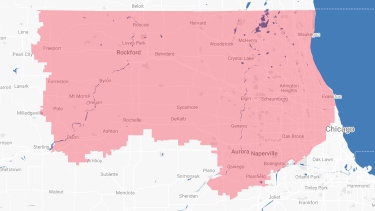
Proudly Serving
The Chicagoland AreaAddison | Algonquin | Antioch | Arlington Heights | Aurora | Barrington | Bartlett | Batavia | Beloit | Belvidere | Bensenville | Bloomingdale | Bolingbrook | Buffalo Grove | Byron | Caledonia | Capron | Carol Stream | And Much More!
VIew ALL

